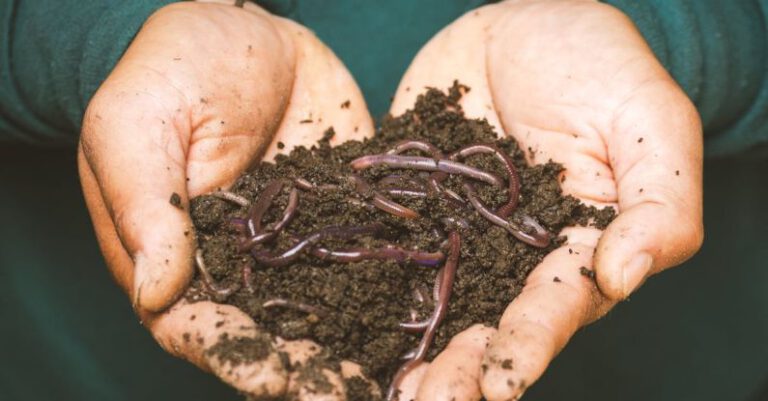How to Prevent Overwatering in Container Gardens?
Container gardening is a popular way to bring greenery and color to small spaces, balconies, patios, and even indoors. However, one common issue that many gardeners face when tending to container plants is overwatering. While water is essential for plant growth, too much of it can lead to root rot and other problems that can harm your plants. So, how can you prevent overwatering in your container gardens and ensure your plants thrive? Let’s explore some effective strategies to keep your plants healthy and happy.
Choose the Right Container
Selecting the right container for your plants is crucial in preventing overwatering. Opt for containers with drainage holes at the bottom to allow excess water to escape. This helps prevent water from pooling at the bottom of the pot and keeps the soil well-drained, reducing the risk of overwatering. Additionally, using containers made from porous materials such as terracotta or clay can help excess moisture evaporate more easily.
Use the Right Soil Mix
The type of soil you use in your container garden can also play a significant role in preventing overwatering. Choose a well-draining soil mix specifically formulated for container plants. Avoid heavy soils that retain too much water, as they can suffocate the roots and lead to waterlogged conditions. A lightweight, fast-draining soil mix will help excess water flow through the container more efficiently, promoting healthier root growth and preventing overwatering issues.
Monitor Soil Moisture Levels
Regularly checking the moisture levels in your container garden is essential for preventing overwatering. Stick your finger into the soil to a depth of about an inch to assess its moisture content. If the soil feels damp or wet, hold off on watering until it dries out slightly. Overwatering is often the result of watering on a fixed schedule rather than based on the plant’s actual needs. By monitoring the soil moisture levels regularly, you can avoid adding water when the plants don’t need it, reducing the risk of overwatering.
Water Wisely
When it comes to watering your container plants, it’s essential to water wisely to prevent overwatering. Instead of giving your plants a little water every day, water them thoroughly but less frequently. This encourages deep root growth as the roots will search for water deeper in the soil, making the plants more resilient to drought conditions. Water your container plants when the soil is dry to the touch but not bone dry, and ensure that excess water can drain freely from the container to prevent waterlogging.
Consider Environmental Factors
Environmental factors such as temperature, humidity, and sunlight can also impact watering needs and contribute to overwatering in container gardens. During hot and dry weather, plants may need more frequent watering to stay hydrated. On the other hand, cooler temperatures and lower light conditions can slow down the plant’s growth and reduce its water requirements. Be mindful of these factors and adjust your watering schedule accordingly to prevent overwatering and keep your plants healthy.
Choose the Right Plants for Your Containers
Selecting the right plants for your container garden can also help prevent overwatering issues. Choose plants that have similar water requirements and growth habits to ensure they thrive in the same container without one plant outcompeting the other for water. Grouping plants with similar watering needs together can help you tailor your watering schedule more effectively and prevent overwatering certain plants while underwatering others.
Maintain Proper Drainage
Proper drainage is essential for preventing overwatering in container gardens. In addition to selecting containers with drainage holes, it’s important to ensure that the drainage holes remain clear and unclogged. Over time, soil particles, roots, and debris can accumulate at the bottom of the container, obstructing the drainage holes and impeding water flow. Periodically check and clear the drainage holes to ensure excess water can escape freely and prevent waterlogging in your container garden.
Observe Plant Symptoms
Lastly, paying attention to your plants and observing any signs of overwatering is crucial for addressing the issue promptly. Symptoms of overwatering can include yellowing or wilting leaves, mushy or foul-smelling roots, and a decline in overall plant health. If you notice any of these signs, adjust your watering practices immediately by allowing the soil to dry out between waterings and reducing the amount of water you provide to your plants. Acting quickly can help prevent further damage and save your plants from the effects of overwatering.
By following these strategies and tips, you can prevent overwatering in your container gardens and promote healthy plant growth. Remember to choose the right containers and soil mix, monitor soil moisture levels, water wisely, consider environmental factors, select plants with similar watering needs, maintain proper drainage, and observe plant symptoms to keep your container plants thriving. With proper care and attention, you can enjoy a vibrant and flourishing container garden that adds beauty and life to your outdoor or indoor space.






